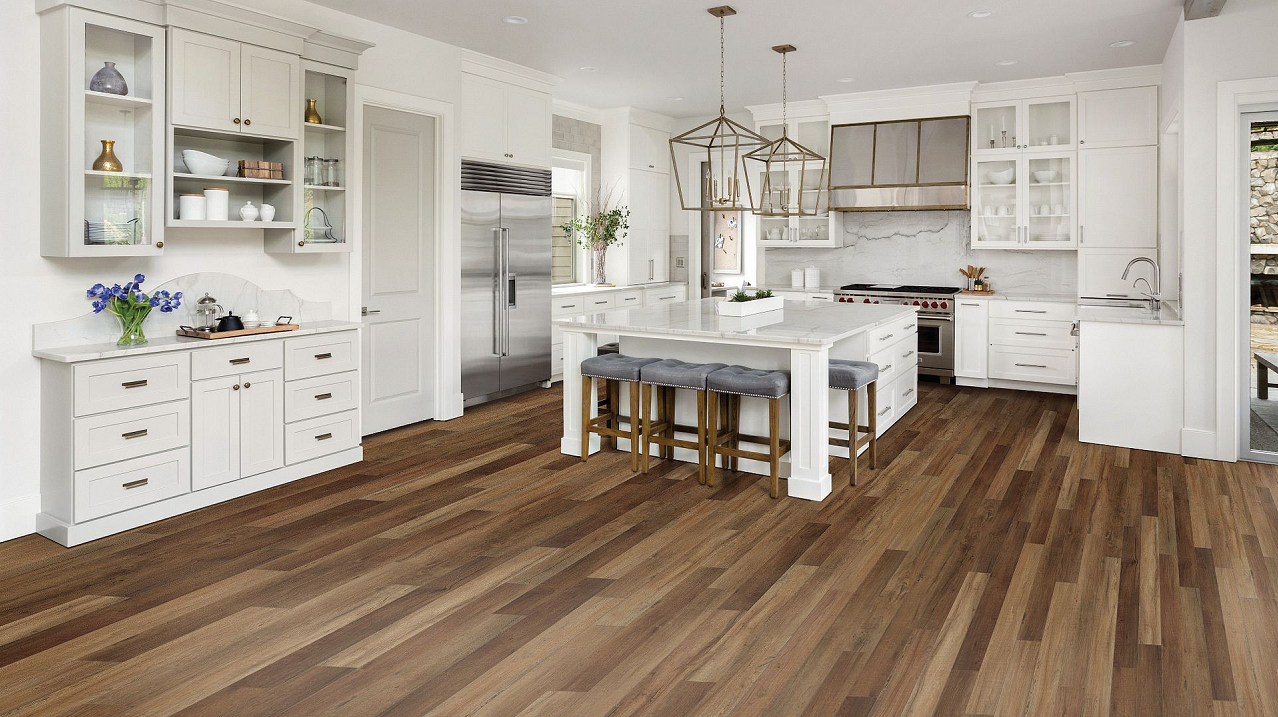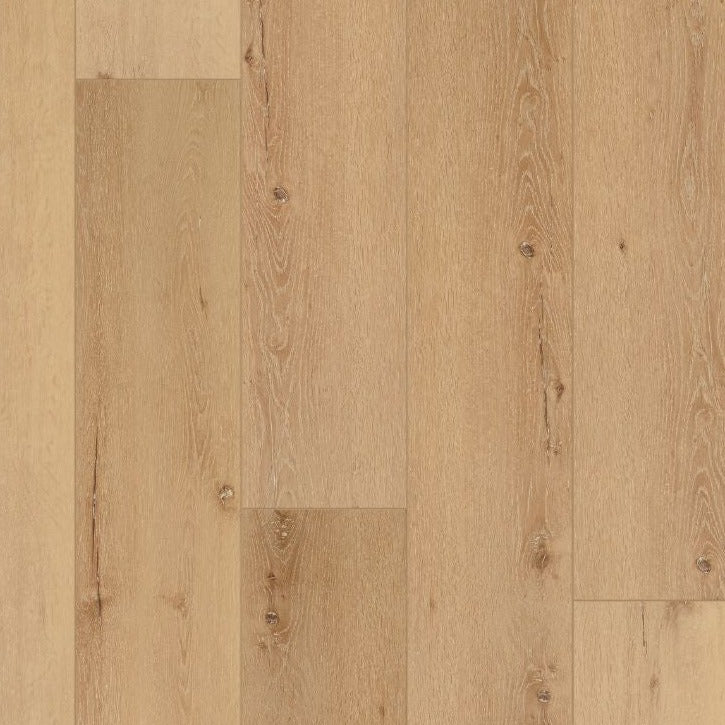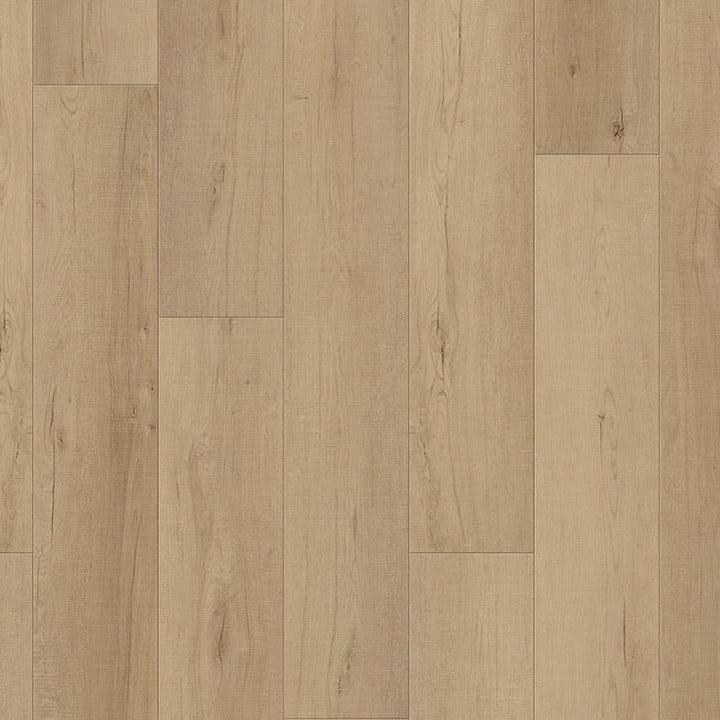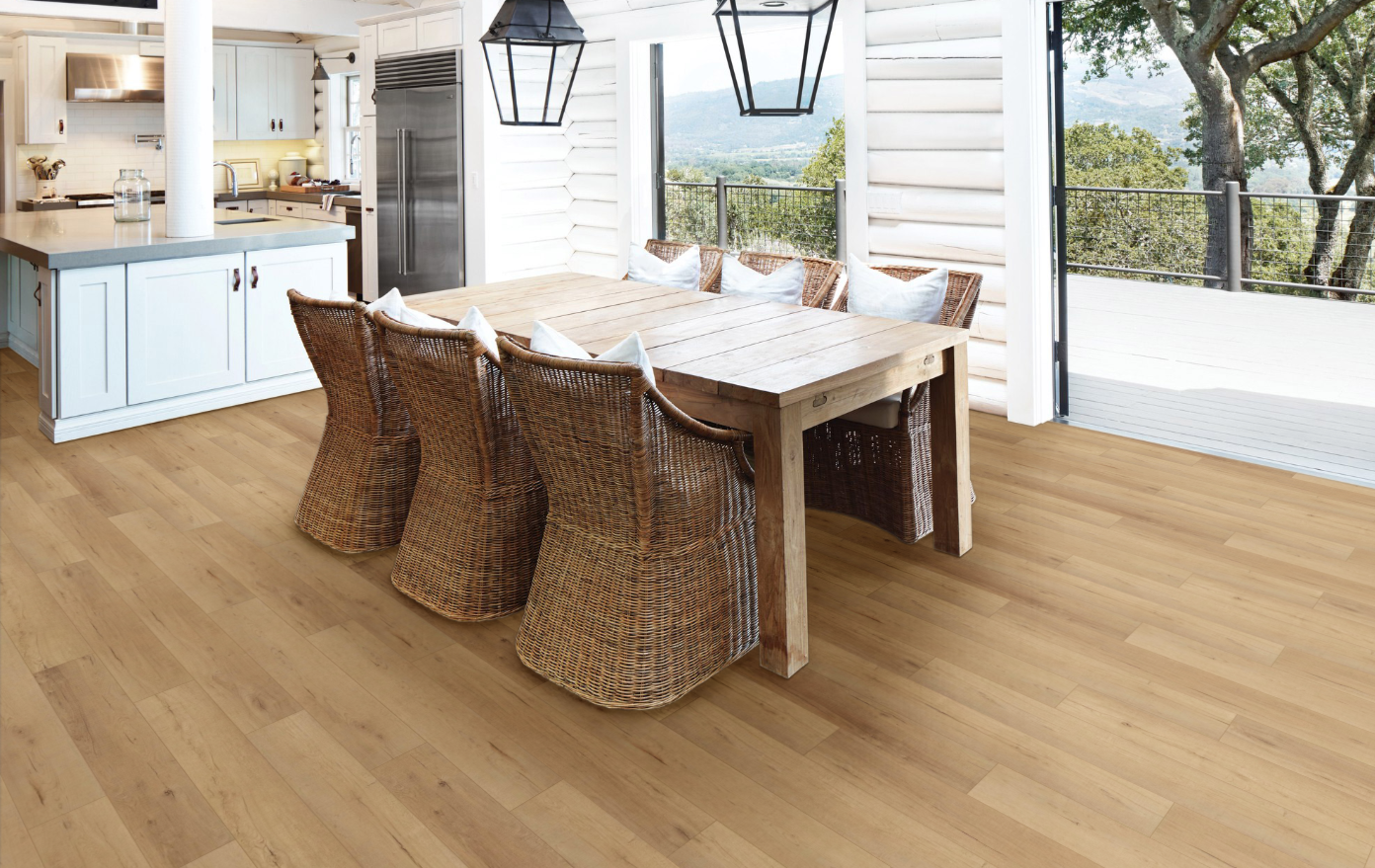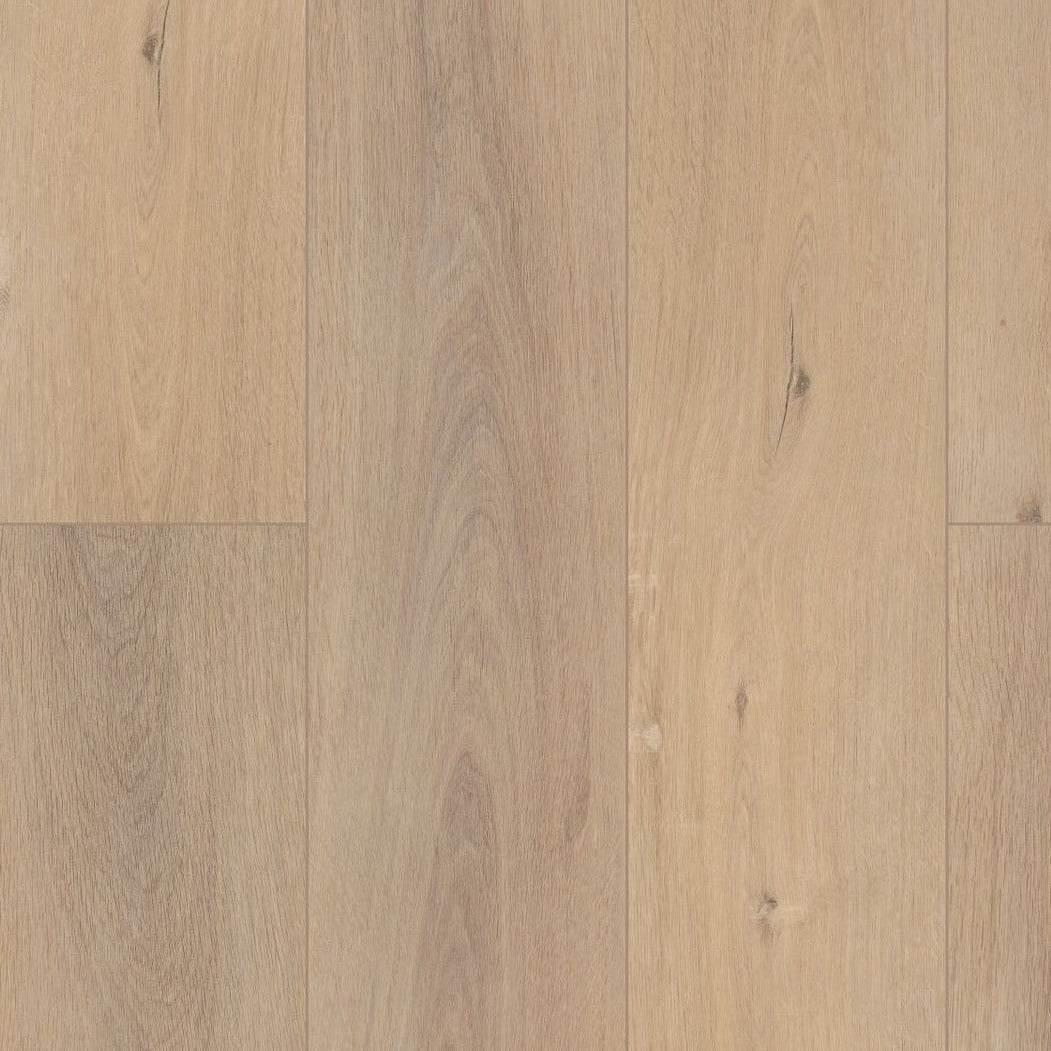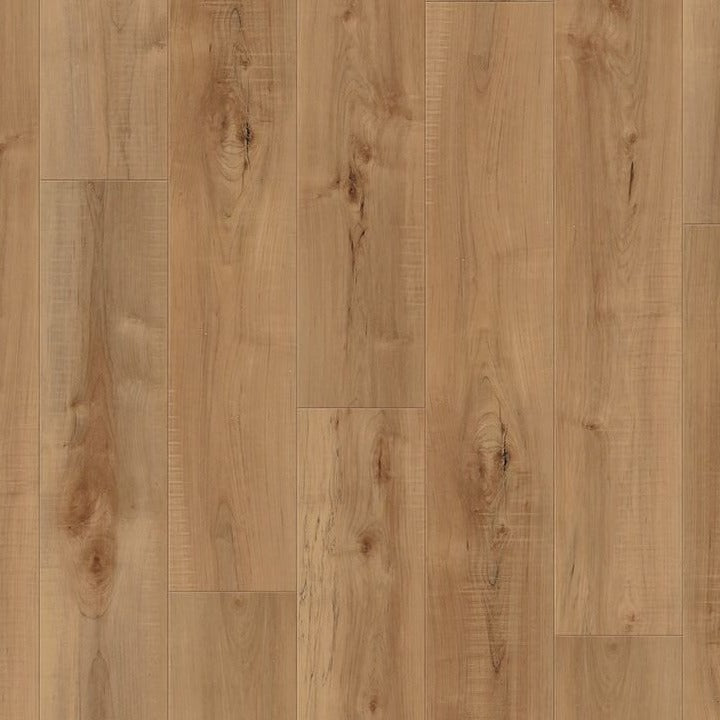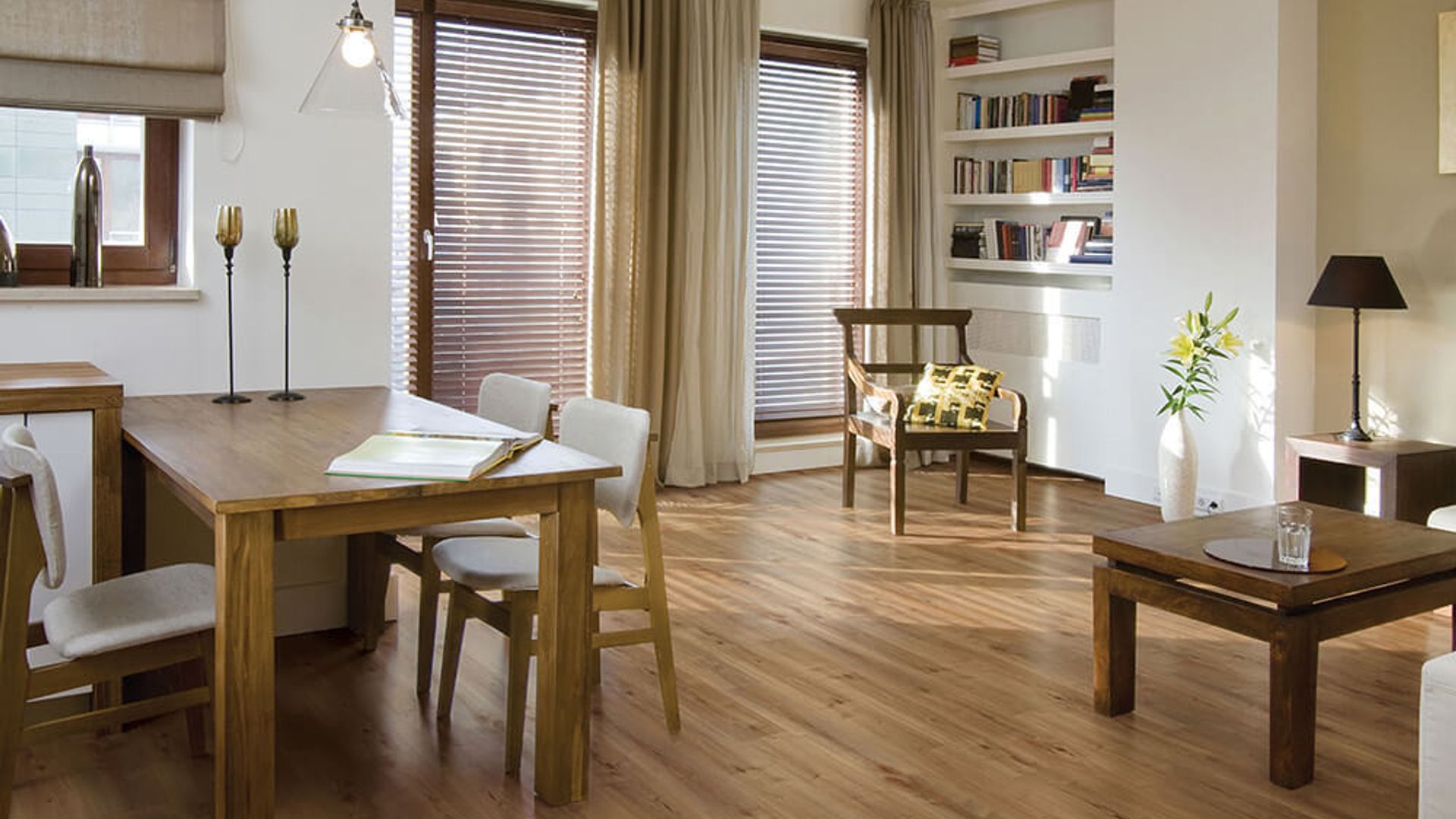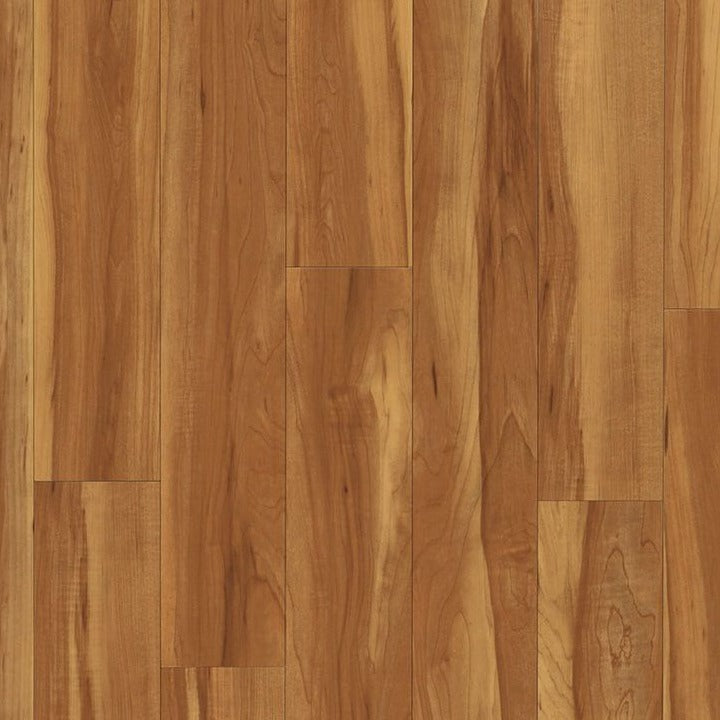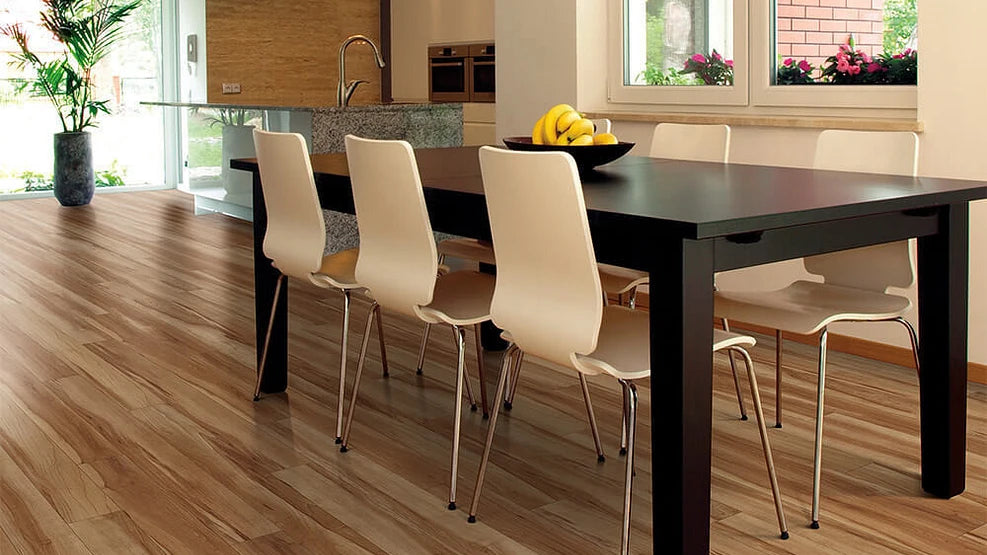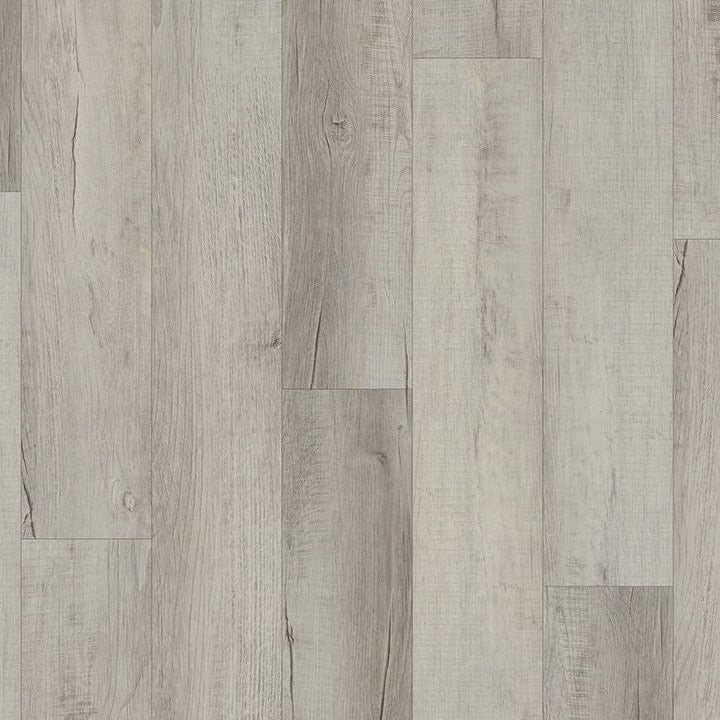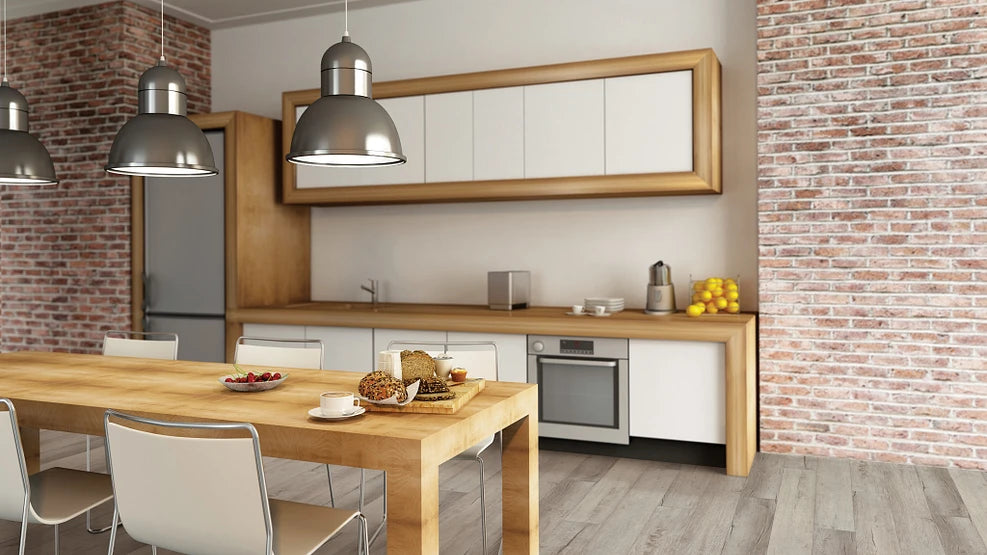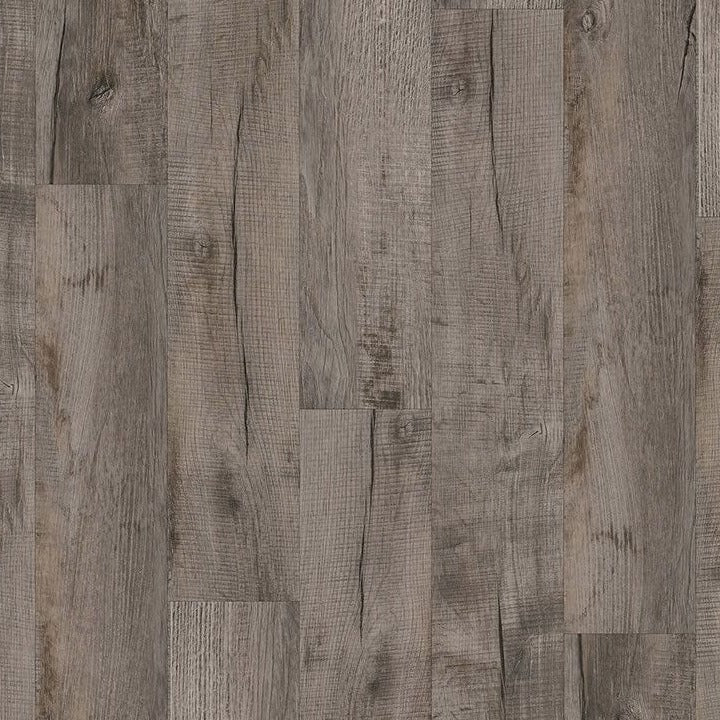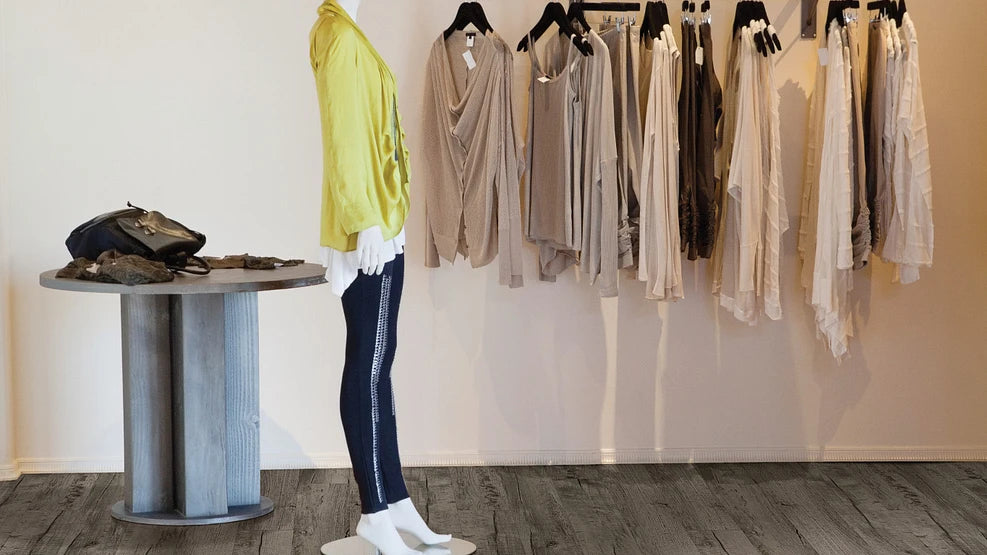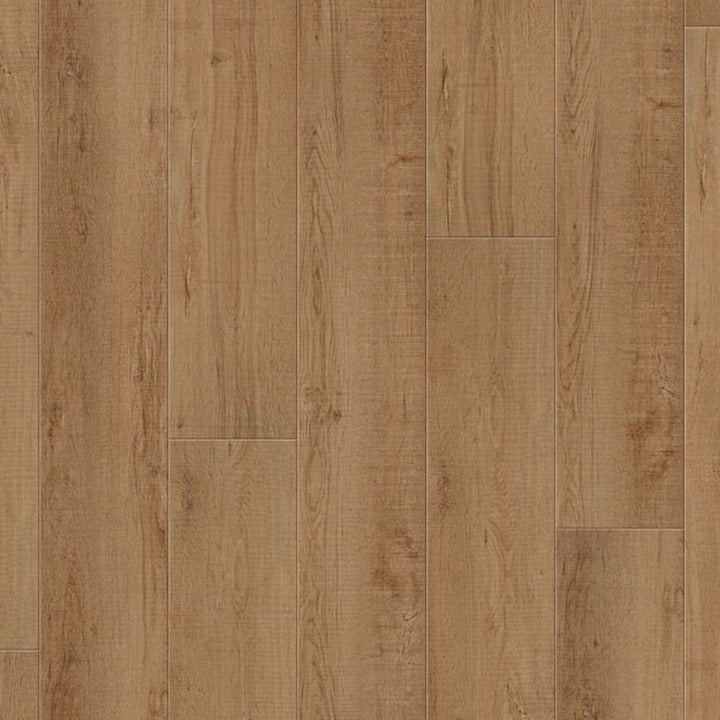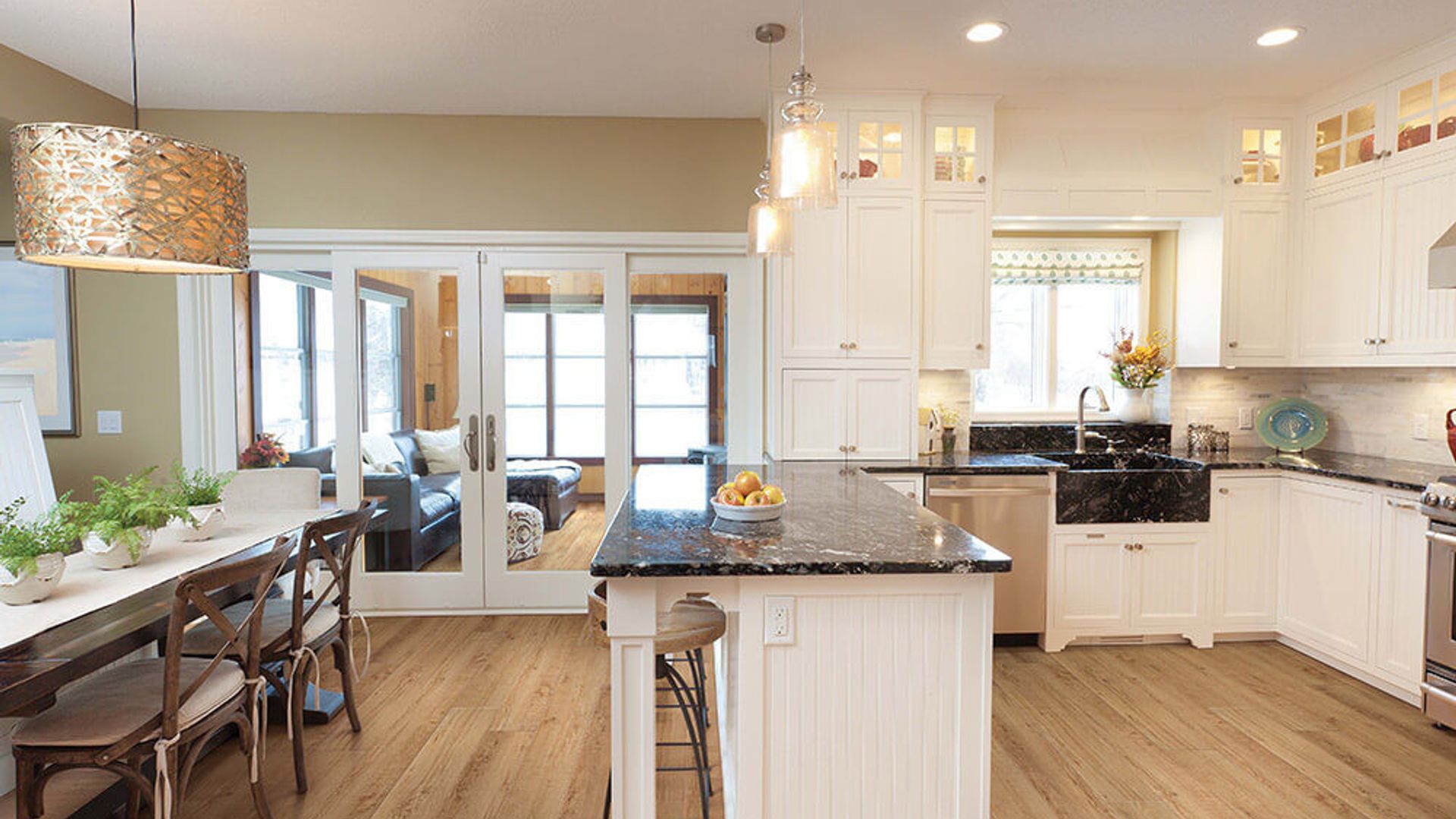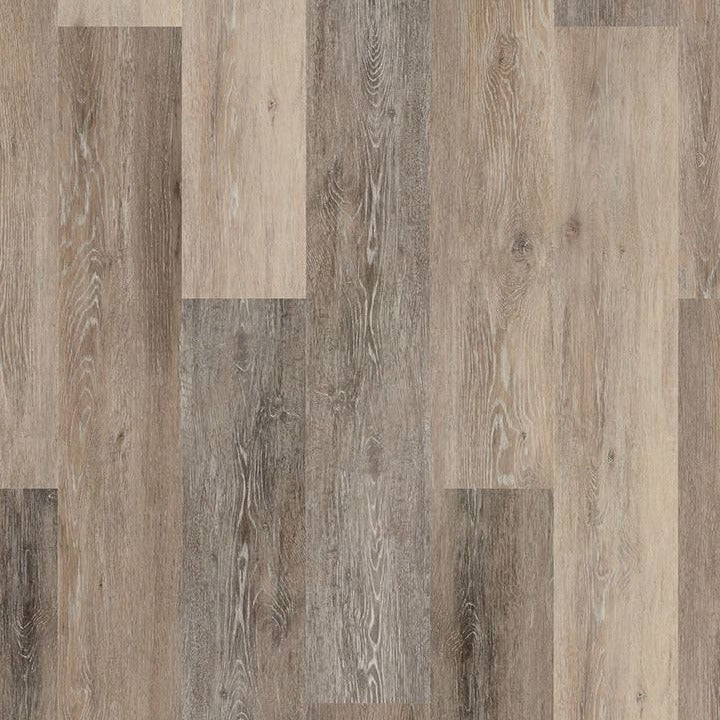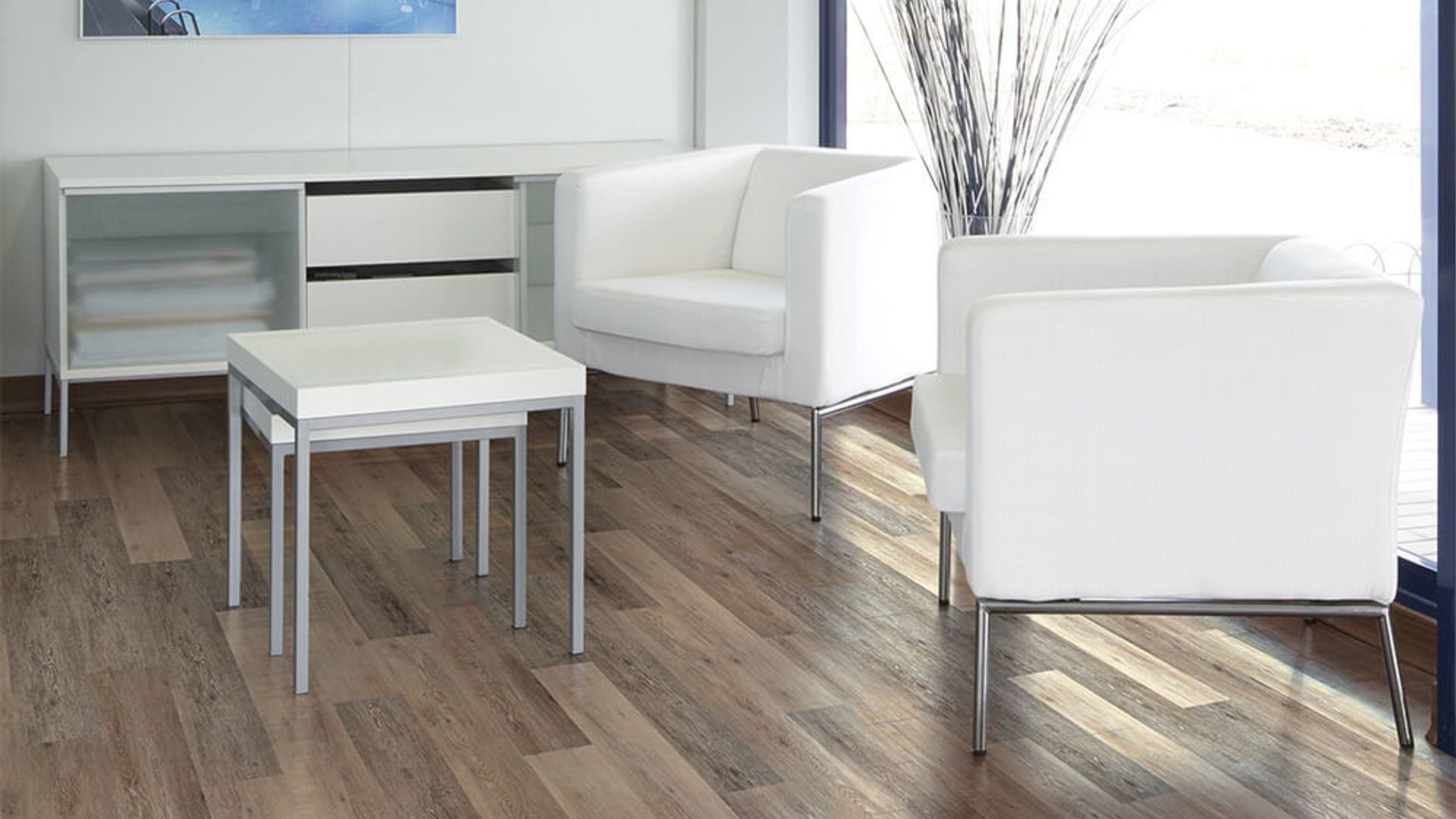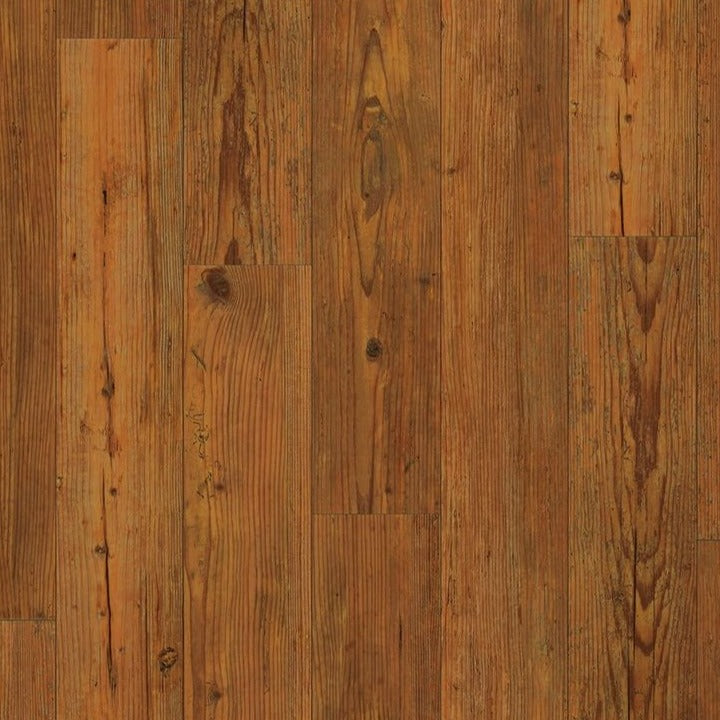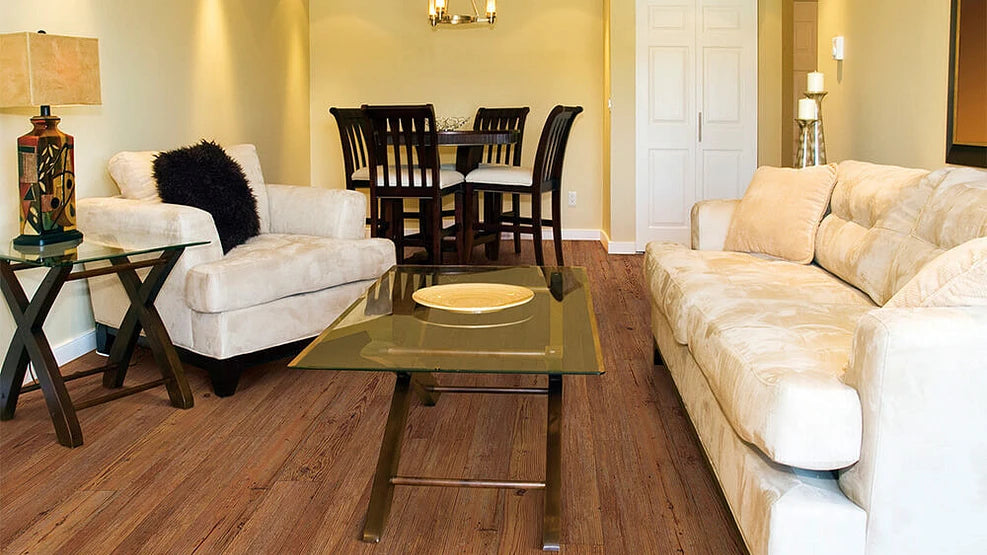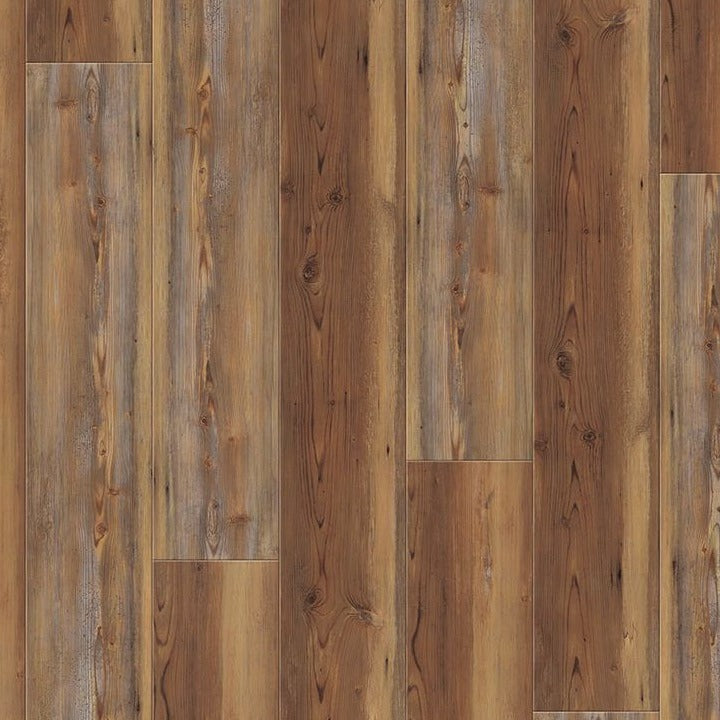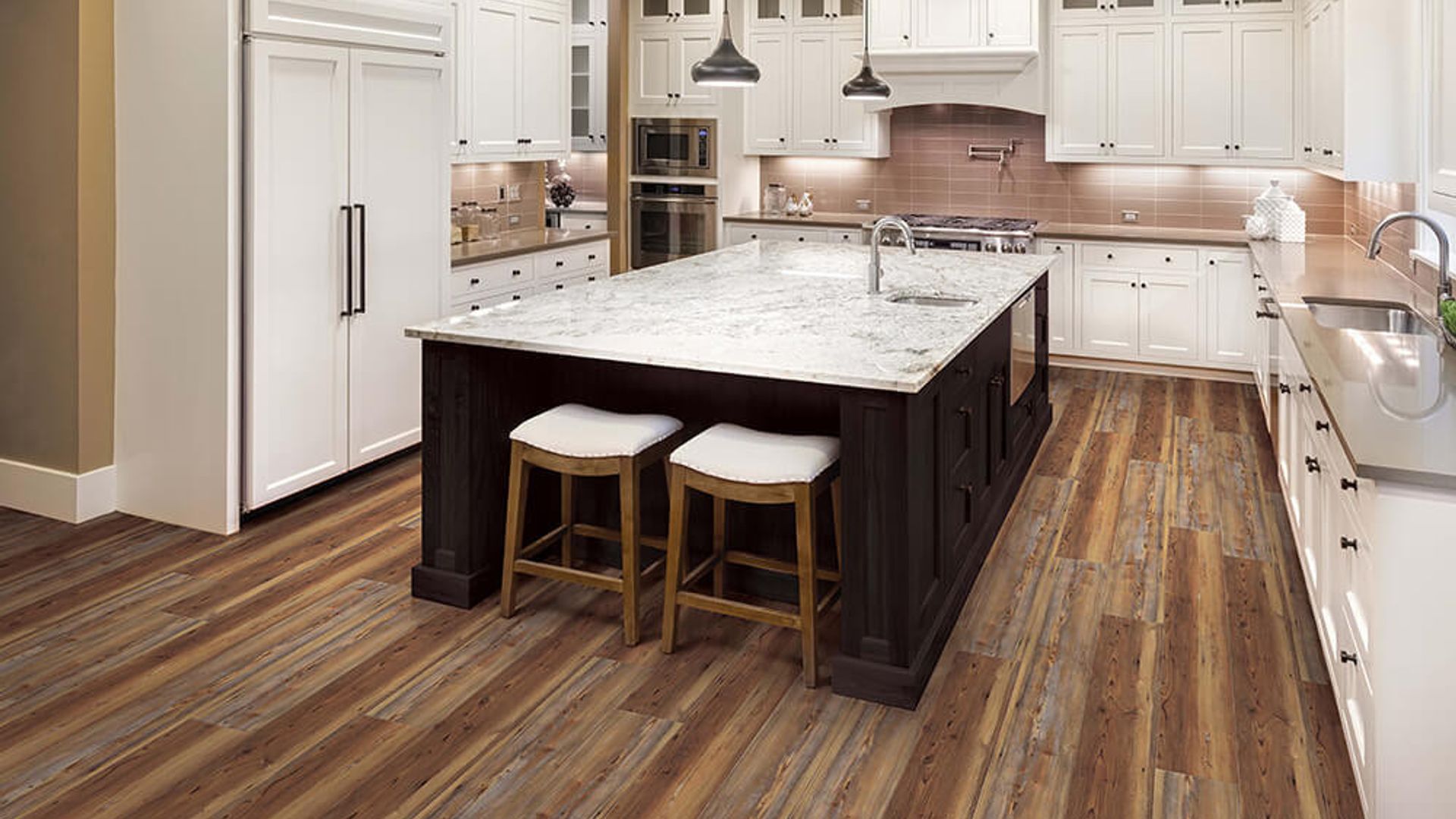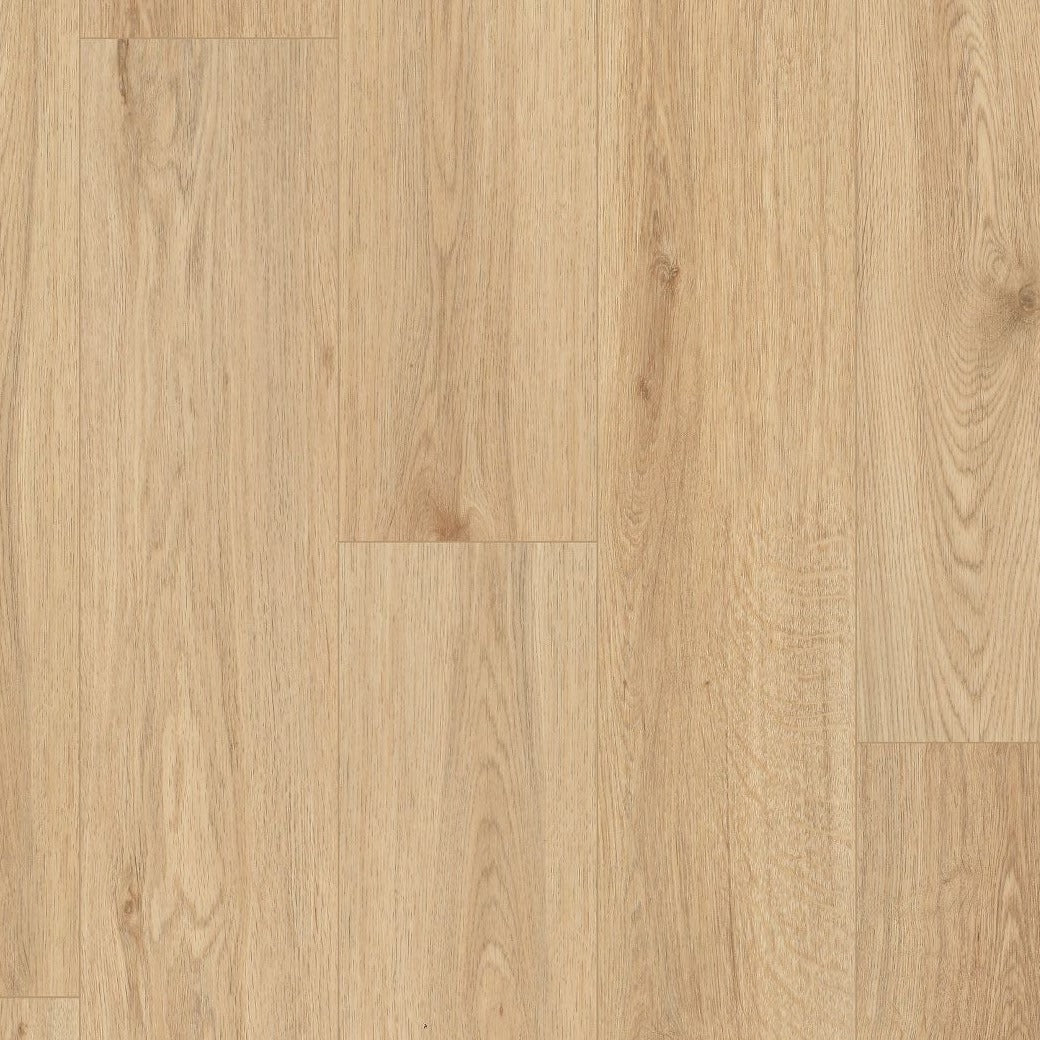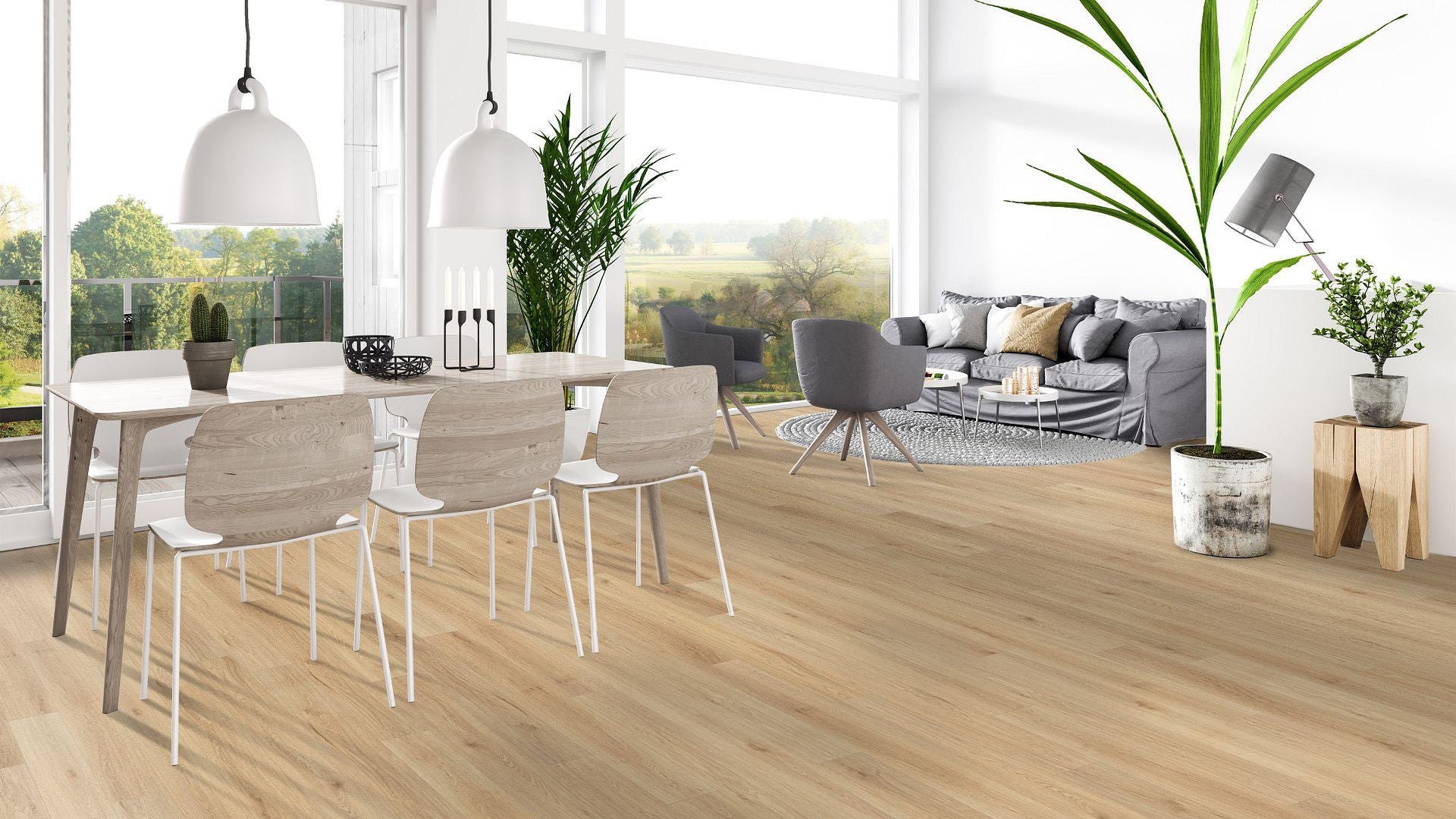When it comes to heated flooring options for your home, Coretec vinyl plank flooring has become increasingly popular in recent years. Its durability, water resistance, and realistic wood-like appearance make it an attractive choice for homeowners. But a big question remains. Should I put radiant / heated elements under my LVP? The short answer is, sure. Although, vinyl plank flooring isn’t as easy to install heating under the floor as say ceramic or porcelain tile.
Please do your own research. This information is the opinions of flooring experts in the United States. It does not necessarily reflect the opinions of the manufacturer, proceed at your own risk. Hiring a professional flooring installer is highly recommended.
If you're considering Coretec vinyl plank flooring and want to maximize comfort during the colder months, you might be wondering about the feasibility of installing radiant heat beneath it. In this article, we will explore the pros and cons of radiant heat installation under Coretec vinyl plank flooring.
Pros of Radiant Heat Under Coretec Vinyl Plank Flooring
1. Comfort and Warmth: One of the most significant advantages of installing radiant heat beneath Coretec vinyl plank flooring is the comfort and warmth it provides. Radiant heating systems, which typically use electric cables or hydronic tubes, evenly distribute heat across the floor's surface. This eliminates the cold spots and drafts associated with traditional heating systems, such as forced-air vents.
2. Energy Efficiency: Radiant heating is often considered more energy-efficient than other heating methods. Because it warms the objects and surfaces in the room, including your flooring, it can create a cozy atmosphere at lower thermostat settings. This can lead to potential energy savings and reduced heating bills over time.
3. Space-Saving: Radiant heat systems are installed beneath the flooring, which means they don't take up valuable wall or floor space. This can be particularly advantageous in rooms with limited space or those where aesthetics are a priority.
4. Even Heat Distribution: Radiant heat systems provide consistent and even heat distribution across the entire floor surface. This eliminates the need for bulky radiators or vents, resulting in a cleaner and more streamlined interior appearance.
5. Noise-Free Operation: Unlike forced-air systems or radiators, radiant heat systems operate silently. You won't hear the clicks, clanks, or whooshes commonly associated with other heating methods, enhancing your overall living experience.
Cons of Radiant Heat Under Coretec Vinyl Plank Flooring
1. Installation Cost: One of the significant drawbacks of radiant heat is the initial installation cost. Both electric and hydronic systems can be expensive to install, especially if your home does not already have the necessary infrastructure in place.
2. Complex Installation: Installing radiant heat under flooring, especially retrofitting an existing floor, can be a complex and time-consuming process. This may require removing the existing flooring, adding insulation, and carefully installing the heating elements, which can disrupt your daily life during the installation period.
3. Limited Compatibility: Not all flooring materials are suitable for use with radiant heating systems. While Coretec vinyl plank flooring can be compatible, it's essential to check the manufacturer's recommendations to ensure proper compatibility and prevent any damage to the flooring.
4. Longer Heat-Up Time: Radiant heat systems may have a longer heat-up time compared to traditional heating methods. This means you might have to plan ahead to ensure your space is adequately heated during the colder months.
5. Maintenance and Repairs: If the radiant heat system encounters issues, repairs can be complicated and costly, depending on the system's design and location. Regular maintenance is essential to ensure the system's longevity and performance.
6. Flooring Height Increase: Installing radiant heat systems can increase the height of your flooring slightly. This may require adjustments to doors, transitions, and other architectural elements to ensure a seamless transition between rooms.
In conclusion, the decision to install radiant heat under Coretec vinyl plank flooring should be made after careful consideration of the pros and cons. While radiant heating can offer exceptional comfort and energy efficiency, it comes with a higher initial cost and complex installation process.
It's essential to consult with a professional installer to assess your specific needs and ensure that your chosen flooring material is compatible with radiant heat. Ultimately, the combination of Coretec vinyl plank flooring and radiant heating can create a luxurious and comfortable living space, but it's crucial to weigh the benefits against the potential drawbacks before making your final decision.


